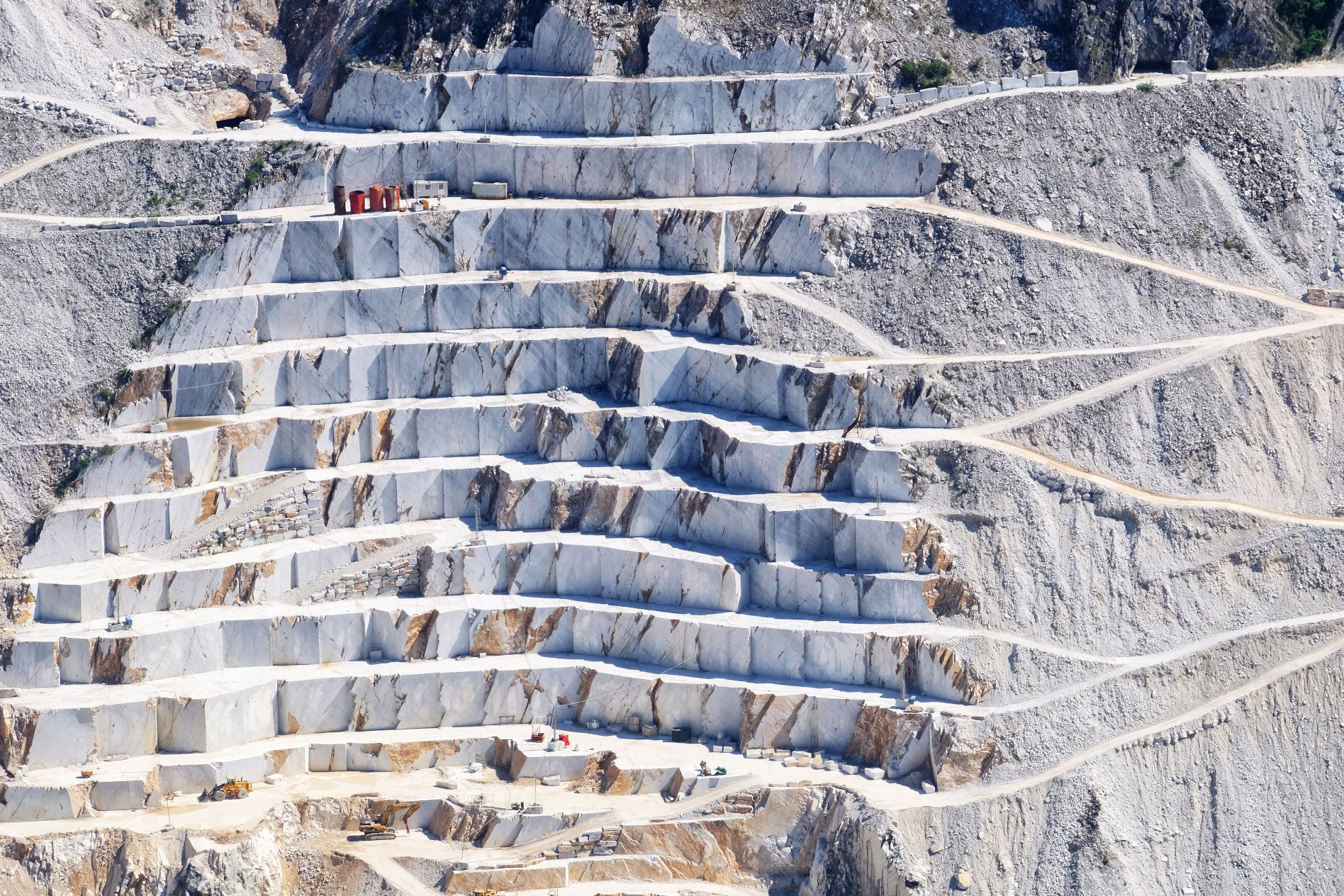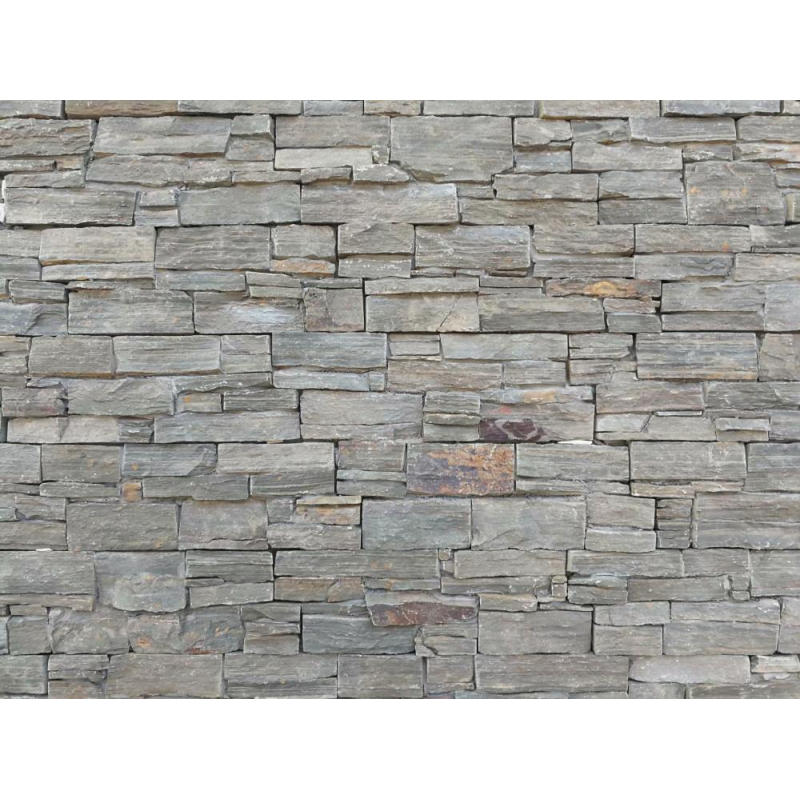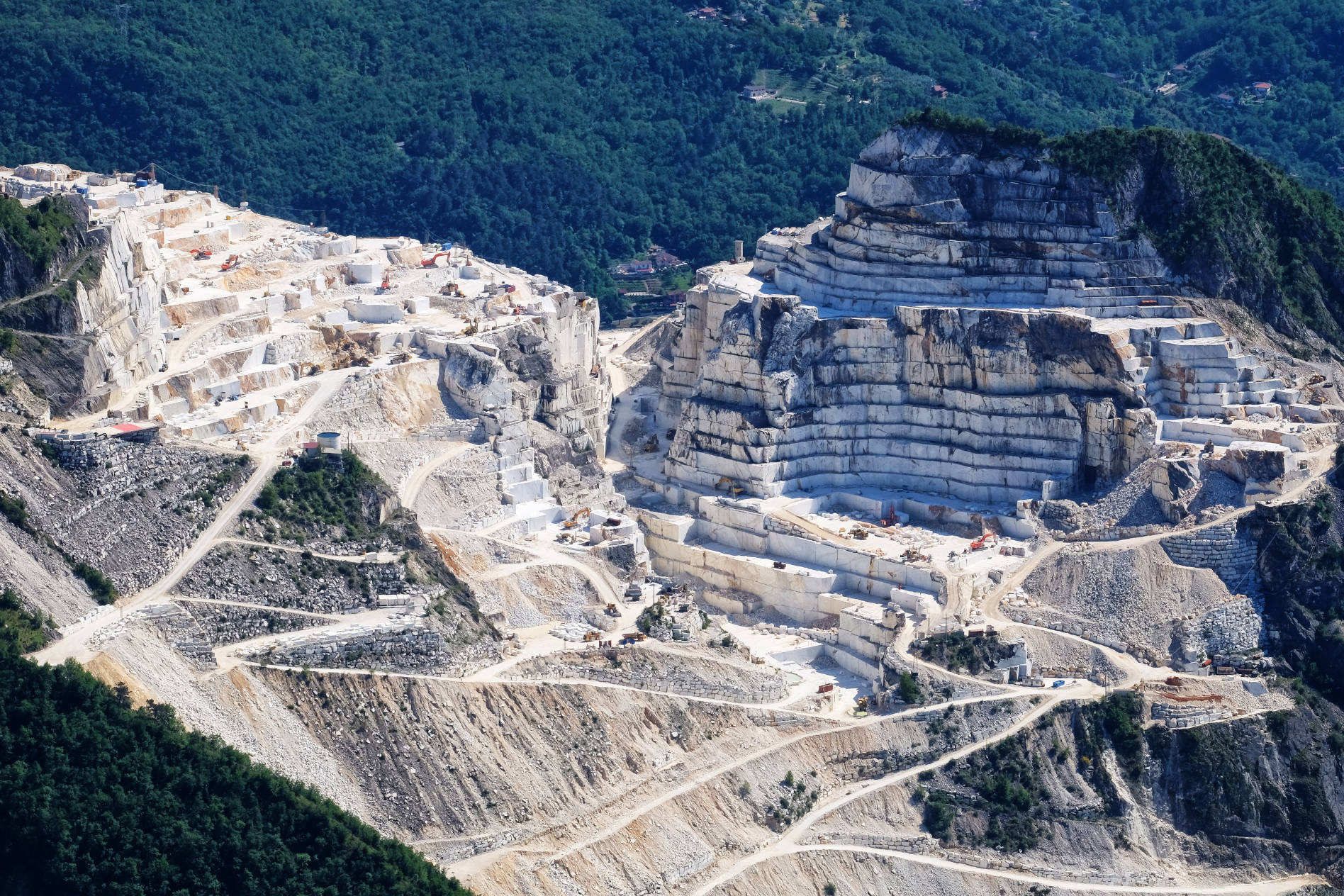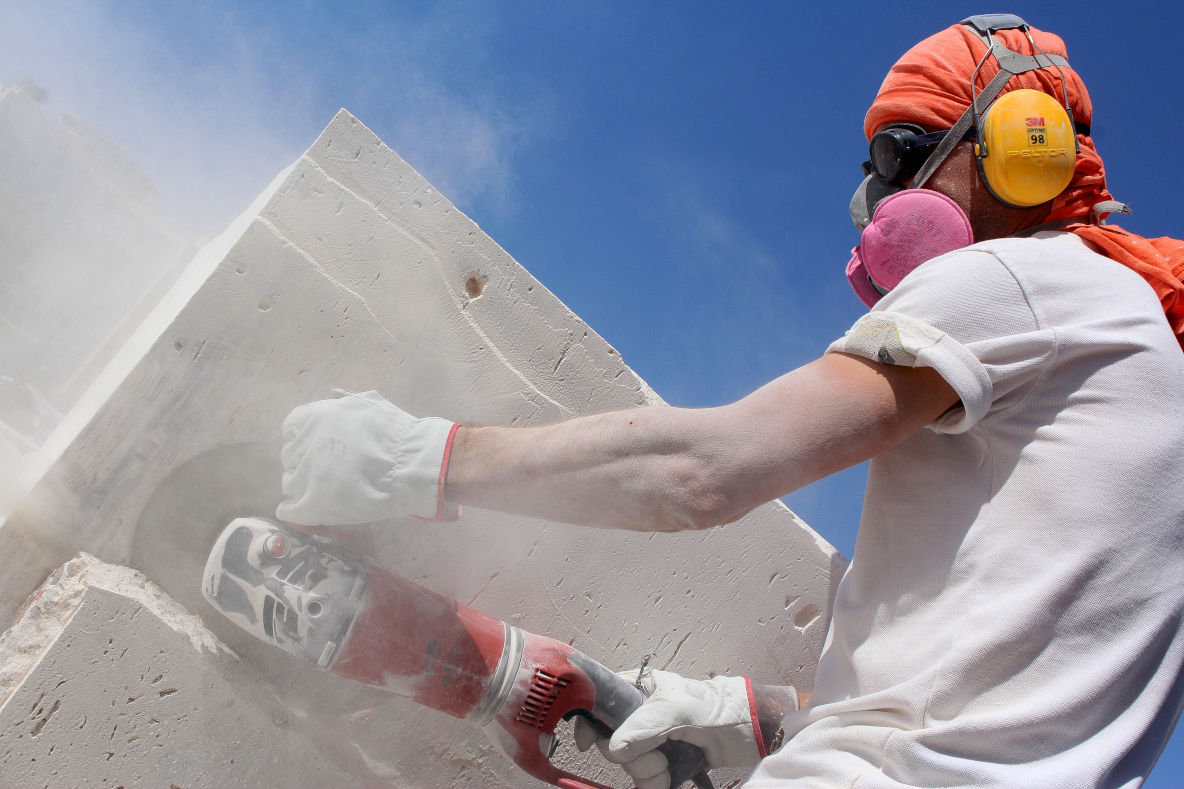

Quandu si ferma à pensà à questu, a petra naturale forma a basa di a nostra civilizazione muderna in una grande manera. Da l'edifizii chì campemu, travagliendu è cumprà à a terra chì andemu è caminemu, campà senza sta risorsa naturale essenziale hè difficiule d'imagine.
U viaghju chì e diverse forme di petra naturale take from the depths of the earth and into the construction of homes, commercial buildings and roads is a fascinating one. Let us dive in and explore the origins of natural stone and how it’s made.

A petra naturale pò esse categurizzata in trè manere: ignea, sedimentaria è metamorfica.
Igneous rocks are the result of magma or lava solidifying and cooling, either beneath the earth’s surface or ejected from volcanoes and left to cool above-ground. Granite is the most common form of igneous stone but other kinds include basalt, dunite, rhyolite and gabbro.
Sedimentary rocks form through a combination of fragments from other rocks, along with the remains of plants, animals and other organic materials. These materials accumulate in deserts, oceans and lakes before they are compressed into their final form by the weight of the earth above them. Limestone is the most common sedimentary rock with siltstone, dolomite and shale comprising other variations.
Metamorphic rocks previously existed as igneous or sedimentary stones and were then transformed due to heat and pressure applied through exposure to magma, the weight of earth above them when buried deep underground, or a combination of both. Marble is the most famous stone of the metamorphic variety and quartzite, soapstone, gneiss and jade, among others, round out this fascinating category.

Cava di marmura in Toscana
Dopu chì a natura hà cura di u primu passu in a furmazione di a petra, u prossimu passu di sguassate è re-purposing a petra per l'usu hè fatta da e mani umane in cantera di petra in tuttu u mondu.
U prucessu di cava di petra hè estensivu è esige machini putenti è travagliadori qualificati. Prima chì a petra pò ancu esse toccu, ci hè una longa lista d'azzioni chì deve esse realizatu.
Prima, una squadra di geologhi deve truvà affreschi di petra in una cantera chì pò esse esaminata. In seguitu, una mostra di a petra hè presa per drilling in a roccia cù punta di diamante. A mostra hè poi analizzata per scopre s'ellu hà e caratteristiche desiderate per esse usatu cum'è materiale di custruzzione.
Assumindu chì a petra s'adatta à u prugettu per scopi di custruzzione, u prucessu longu è spessu tiratu per ottene e licenze è permessi adatti da u guvernu lucale principia. Sicondu u paese è u statu, questu pò piglià anni per ghjunghje à a fine.
Una volta chì l'approvazione finale hè tramandata, i travaglii cumincianu à sguassà tutti i detriti, a terra è altri ostaculi chì altrimenti impediscenu u prucessu di cava. Aghjunghjendu à sta difficultà hè u fattu chì parechje cantera si trovanu in zoni remoti è inaccessibili, chì esigenu strade intere è tunnelli per esse custruitu prima chì u travagliu veru pò principià.
Una cumminazione di seghe di filu di diamante, torche d'alta putenza è detonazioni esplosive timed sò aduprate per separà e petre da a faccia di a cava. I blocchi massivi resultanti, chì spessu pesanu più di quaranta tunnillati, sò poi trasportati à una facilità per più tagliu è trasfurmazioni.

U travagliu di cava chì taglia a petra
À u stabilimentu di trasfurmazioni, i blocchi di petra sò dopu tagliati in lastre da seghe à gang d'alta velocità chì liberanu ancu l'acqua mentre taglianu per riduce l'emissione di polvera. Malgradu a vitezza à a quale operanu, e seghe di gang generalmente piglianu circa dui ghjorni per finisce di tagliare un bloccu di petra di 20 tunnellate.
In seguitu, i lastri sò mandati attraversu una machina di lucidatura per dà a finitura desiderata. Pulitu hè a finitura più cumuna cù pulimentata, pelle è spazzolata essendu altre opzioni chì furniscenu diversi gradi di texture nantu à a superficia di a petra.
Now that the slabs are cut to the correct size and have the desired finish, the final stage in a natural stone’s journey into your home takes place at the fabricator’s facility. Here, the stone slabs are further cut to specification for each individual project which includes shaping of the edges into the detail required for installation.
Now that you know the incredible journey that natural stone takes from deep inside the earth and into your kitchen, I’m sure you’ll agree that it is certainly worth the wait. Thanks to advancements in the industry over the years and the demand that exists for natural stone of all kinds, you don’t actually have to sit around while your marble, quartzite or granite is quarried and processed.